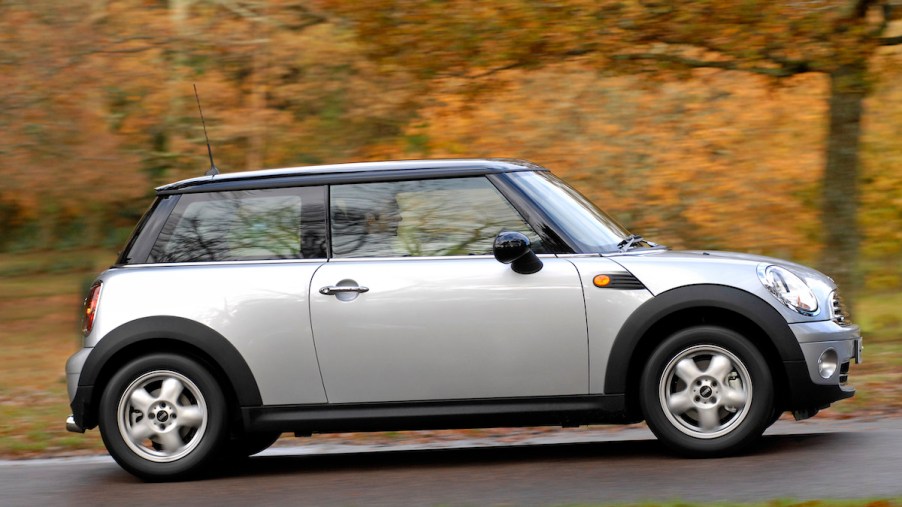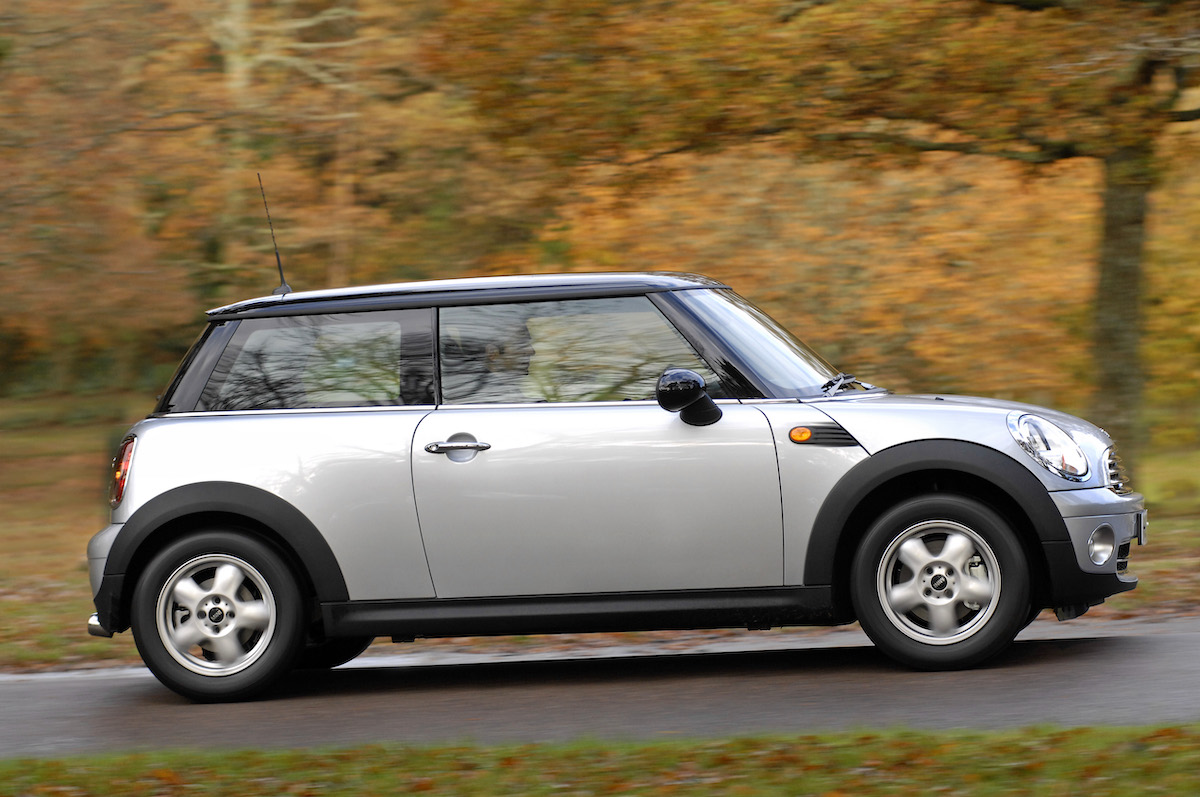
Drive Safe and Avoid These 9 Fall Driving Hazards
With autumn around the corner, it’s hard not to get excited about the cooler weather. But as temperatures change, so do driving conditions. Now is the time to brush up on car safety to avoid putting yourself, your passengers, and other motorists in danger. Here are nine driving hazards to avoid as you buckle up and hit the road for fall driving:
1. Slick leaves on the road

Fall leaves are a sight to see, but if you come across piles of them on the road, be cautious. If the leaves are wet, they can be as slippery as patches of ice. Plus, piles of leaves can hide potholes and other driving hazards. Stay alert and proceed slowly on leaf-covered roads.
2. Children crossing
Fall means back-to-school traffic and more children crossing the road. According to Allstate, “Make sure to follow the speed limits, and be aware of pedestrians at all times, says NHTSA. And don’t forget: Halloween brings out trick-or-treaters, so be especially alert on October 31.”
3. Darkness
When daylight saving time ends in early November, you might have to commute in the dark. Remember, people will still be walking their dogs and taking evening strolls. Always drive defensively, and ensure your headlights are in good working condition.
4. Deer and other animals
Always pay attention to animals crossing the road. AARP states, “You’re 3.5 times as likely to hit an animal, especially a deer, in November as at any other time of the year, the Insurance Institute for Highway Safety says. Deer are likely to be mating in November, and that’s why you see more of them.”
5. Frost or fog
Chilly mornings are refreshing, but they can lead to another driving hazard: foggy conditions. Fog can reduce distance perception and visibility. So remember to turn on your fog lights (not high beams) while heading to work or school.
6. Tire pressure
Tires are a crucial part of your vehicle because they directly contact the road. Check your tire pressure regularly with a handheld gauge. You can find the correct pressure pasted on the side of your driver’s door or inside your owner’s manual.
7. Sun glare
Sun glare can be distracting. That’s why it’s essential to keep a pair of sunglasses handy. Because the sun points closer to the horizon during this time of year, it might reflect off other cars and windows. In addition, try not to look into the lights of oncoming traffic while driving at night.
8. Damp roadways
Damp roads are a driving hazard that can cause hydroplaning. If you must drive through a big puddle, slow your speed. And if you’re on a busier road, try moving to the driest part of the pavement.
9. Inexperience with your vehicle
If you’re driving a new car or a rental, get to know the vehicle before you set off. Educate yourself about the safety features, lights, and other controls.
Is fall driving dangerous?
You should have no issues driving in the fall as long as you remain aware of your surroundings. It’s best to ensure your headlights are clean and working correctly. In addition, replacing your windshield wipers when the summer ends is a good idea because hot temperatures can damage the blades. Finally, consider keeping an emergency safety kit in your car for added peace of mind.



